These #3 Businesswomen Share the Biggest Challenges Women Face at Workplace Work- life balance and sexual harassment are not the only issues for women at workplace but there are few more issues that are big obstacles for women to climb up the corporate ladder.
By Nidhi Singh
Opinions expressed by Entrepreneur contributors are their own.
You're reading Entrepreneur India, an international franchise of Entrepreneur Media.

So many women are putting their best foot forwards as they are getting ahead in work. But the last few years have not been good for women in the workplace. Work- life balance and sexual harassment are not the only issues for women at workplace but there are few more issues that are big obstacles for women to climb up the corporate ladder.
According to a report by International Labour Organization, the percentage of working-age Indian women in the labour force has dropped by 10 per cent since 2005. The statistics are in relation to female workforce participation by each and every country, 2005-2014. It also states that the Indian women are leaving the workplace at world's fastest rate. The report further raises concern over wide range of workplace issues for women.
This year at the World Economic Forum in Davos, Christine Lagarde, Managing Director, International Monetary Fund, shared her views on the world's slow progress towards gender parity.
"We have to identify our own biases. Sometimes you have to identify that when a board member who happens to be a woman takes the floor, guess what, many of the male board members start to withdraw physically, they start to look at their papers, to look at the floor… and you need to disrupt that," she said.
Lagarde also disclosed her personal experiences at the session. She said that in order for the IMF to reach its gender quotas, in some areas they would have to hire only women for the next five years, which made her uncomfortable.
Given below are three most important issues shared by women entrepreneurs that cause trouble for a women employee at the workplace.
Empowering Women Starts at Home:
Rashi Menda, CEO & Founder, Zapyle believes that the issue of women leaving the workplace has more to do with their upbringing and environment rather than her own choice or factors at the workplace.
"In our country, most middle class girls, lower middle class girls and even girls from better off economic backgrounds, are always asked not to have an opinion on things, though they have strong ones that matter. When they later take on positions of leadership, they are admonished and said that they're being 'bossy', while a man is usually never called 'bossy' - he's just 'being a boss'. When women work long hours, they're reminded their first job is to take care of their house and children. This has to change at the most rudimentary level - the home," she said.
Rashi also added that parents should encourage their young daughters to be as entrepreneurial as their sons. There shouldn't be the slightest gender discrimination distinction between children.
Safety and Security for Women Who Travel:
Dr. Shikha Sharma, Founder, Dr. Shikha's NutriHealth feels that with the rise in cases of physical assault and abuse, women are forced to give a second thought to jobs that involve working late hours.
"Managing personal life amidst professional commitments and deadline at times poses a problem and becomes a challenge. Also, break due to marriage or maternity leave comes as another challenge since women have to strive hard to come back to the rhythm. Jobs that require frequent traveling and physical exertion again pose a challenge as they require flexibility which in turns disturbs the family," she said.
A Lack Of Professional Support For Women:
According to Ms. Sairee Chahal, Founder & CEO, Sheroes, women face challenges of all kinds at the workplace.
"Starting from fewer career opportunities to lack of professional support system, women find it difficult to continue work. With fewer role models to look upto, women have fewer mentors or seniors who can guide them. The challenges exist even more for the returning professionals," she said.
She further explained, "The work environment, support eco-system and the invisible barriers - all contribute to women falling off the career map. Less growth opportunity, increased care giving responsibilities make it difficult for women to find the work life balance. The stringent work formats also add to the list of reasons. When women resume work post maternity break, usually their role is no more be the same and she is compelled start from beginning all over again."










